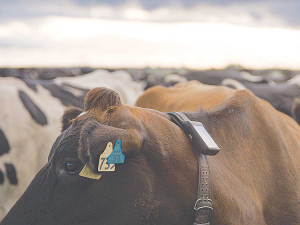Like the rest of New Zealand, the Kiwi dollar punches above its weight. The Kiwi is in the top ten traded currencies in the world, any currency in the top ten is considered a major currency in the global foreign exchange market. This has its pros and cons. One of the cons is our inability to significantly control our currency onshore. The Reserve Bank can try to sell Kiwi dollars to drive the currency down, but this is temporary and largely futile when combating market forces.
The Kiwi dollar’s strength prior to the financial crises was largely due to international interest rates and the carry trade. The carry trade represents the difference between our interest rates and the interest rates of the other countries in the top ten.
Buying currency is like putting money in the bank of the country where you bought it; you receive the interest rate of that institution at the time. Remembering a country’s base rate determines the rate that given country’s bank will charge – plus a margin for themselves which usually sits 2-3% over the base rate for top-tier banks.
In June 2007, New Zealand’s base rate stood at a whopping 8% the highest of the top ten currencies. If you compare that to the lowest at the time, which was Japan at 0.5%, that is easy money for a fund manager borrowing money in Yen at 0.5% and buying Kiwi at 8% picking up a 7.5% margin (also known as the interest rate differential or the spread) for no more work than a simple transaction.
However, like anything in life, this trade is not without its risks. The risk to the fund manager is the possible decline in the value of the Kiwi dollar eroding the gains from the 7.5% margin. But with an interest rate spread of 7.5% many international investors will be doing the same, buying Kiwi dollars to take advantage of this easy money, in turn creating demand for Kiwi dollars pushing up the value of our currency.
A risk management tool to hedge against a downturn in the Kiwi for the fund manager is purchasing currency forwards, which are contacts to buy a certain amount of currency at a certain time and price. This is a tool that can be – and is already used by farmers – to hedge against currency fluctuations. I will talk more about currency forwards in depth at a later date.
This has all changed since the financial crises of course; our base rate has dropped to 2.5% - while still relatively high compared to the other top ten currencies the profit margin has dropped considerably. Although the carry trade still exists for the big players it has reduced dramatically. However, the Kiwi dollar still remains at record highs.
This brings into effect New Zealand’s strong macroeconomic indicators compared to the rest of the world and the strong demand for our farming goods. A strong currency for New Zealand looks likely to be around for some time impacting on our competitive advantage and ultimately returns for our farmers, but there are ways to plan against this and by reporting on the changes to the macro-economy and international agri markets we will achieve our continuing goal of keeping the farmer updated and informed.
• Originally from Palmerston North, Francis Wolfgram graduated from Victoria University in 1996 with a Bachelor of Arts in Economic History. He has 15 years’ experience in the financial markets working for some of the world’s largest financial institutions primarily based in London and Sydney.
















